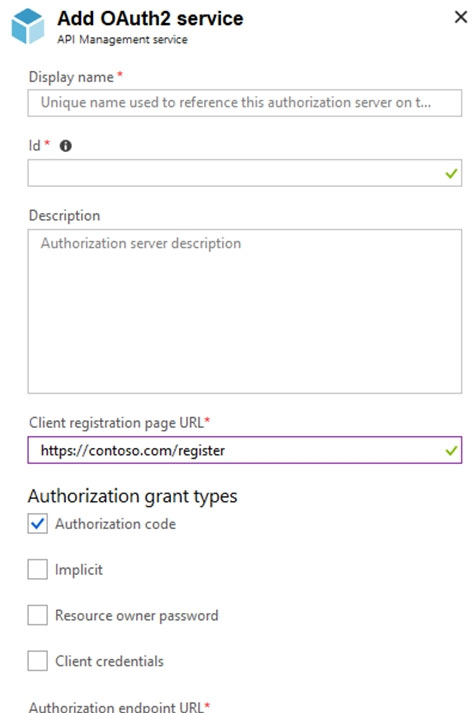

HOTSPOT -
You configure OAuth2 authorization in API Management as shown in the following exhibit.
Use the drop-down menus to select the answer choice that completes each statement based on the information presented in the graphic.
NOTE: Each correct selection is worth one point.
Hot Area:

dadageer
Highly Voted 4 years agoexpress
Highly Voted 3 years, 10 months agous3r
3 years, 3 months agoBijith
3 years, 9 months agoJaQua
Most Recent 2 years, 10 months agoOCHT
2 years, 11 months agoitenginerd
3 years, 1 month agoexamineezer
3 years, 4 months agoDpejic
3 years, 4 months agoDpejic
3 years, 5 months agosharepoint_Azure_pp
3 years, 7 months agowaqas
3 years, 7 months agosyu31svc
3 years, 7 months agoniravkanakhara
3 years, 7 months agonkv
3 years, 8 months agodennnnnnnnnn
3 years, 9 months agoBoxGhost
3 years, 9 months agoPreppy
3 years, 9 months agotvs2021
3 years, 10 months agoRickMorais
3 years, 9 months agonsvijay04b1
3 years, 9 months ago